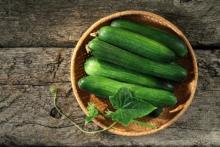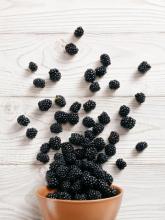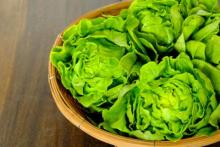Superfood 101: Cucumbers!
Cucumbers are in the genus Cucumis L. or melon P of the species Cucumis sativus L commonly known as the garden cucumber P. The plant is believed to have originated in western Asia in India and regions of the Middle East. Cucumbers have been documented in the legend of Gilgamesh in 2500 B.C.E.










